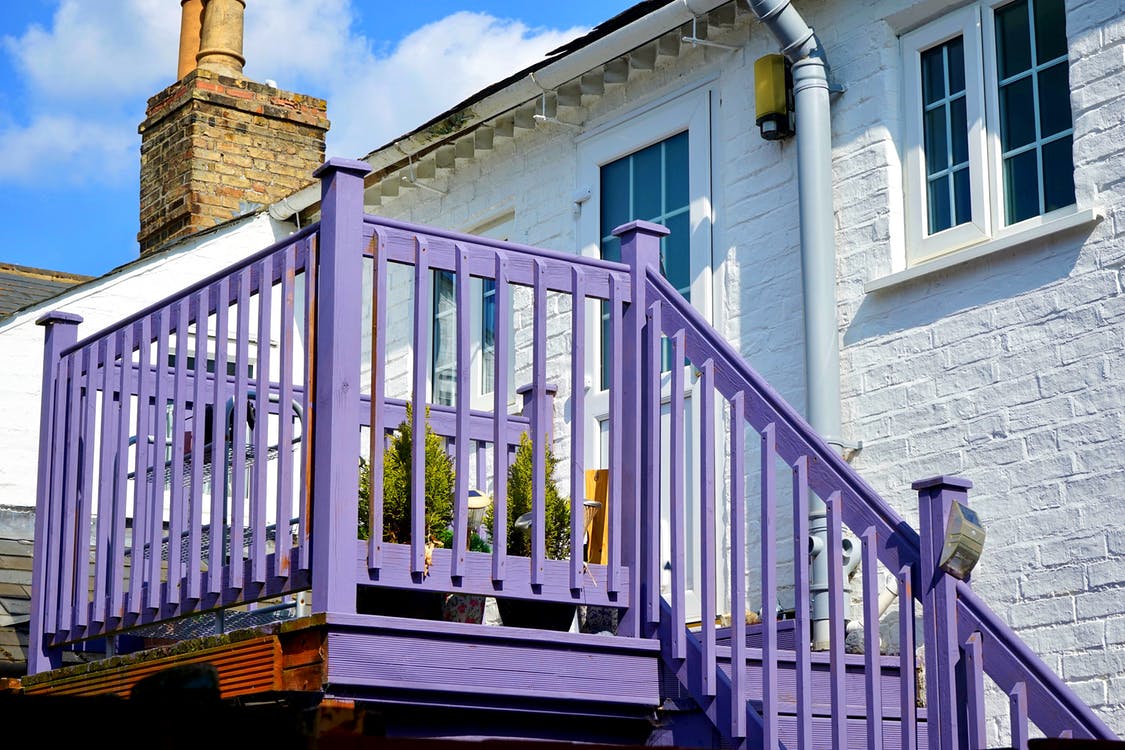When it comes to buying a house, there are a lot of decisions to be made. Among them: what type of home to buy, where you’d like to live, the size of the home, and the amount of work you’re willing to put into it. For instance, you might want to move in with no work involved, or you might not mind freshening up a couple of rooms to match your style.
Or you could be interested in buying a lower-priced home that needs a lot of work but has good bones. Here are six considerations to ponder that will help you decide if buying a fixer-upper or a newly built or recently renovated house is the right choice for you.
1. Fixer-uppers are a work in progress
Fixer-uppers often are the top choice for first-time homebuyers limited by budget, as well as those who like to take on a project. Whether you’re looking at fixer-uppers because they fall in your price range, or because you like the idea of taking on a major renovation, you have to be willing to take on scope of the work involved.
ith a tight budget, you may be doing a lot of the renovations yourself or spacing out the remodel room by room while you save cash. If that doesn’t appeal to you, a fixer-upper might not be the house for you. If the work needed in a fixer-upper sounds unappealing, narrow your search to new construction and recent renovations that check all of the boxes. If you like the idea of renovating right away to customize the space, focus on fixer-uppers.
2. You’ll be renovating anyway
Unless you’re moving into a new, customized house, there’s a good chance you’ll have to at least make some minor renovations to your home. For example, even if a kitchen or living room doesn’t feel dated, you may want to paint walls, replace flooring, and re-stain or add cabinets.
Thinking about tweaking and customizing your home? You might want to buy an existing house with a lower price tag to make up for the additional money you’ll be spending on renovations.
3. Move-in ready houses cost more
As with any home purchase, your budget will likely be a major factor in the choice between a newly built house and a fixer-upper. Many new-construction houses are built at the higher end of a local market’s price range, with new systems and materials that drive up the price.
On the other hand, fixer-uppers may come with additional costs related to aging systems and possibly neglect. Meanwhile, a new construction house is far less of a liability than a fixer-upper from a homeowner’s insurance perspective. While older homes certainly can be covered by insurance policies, a greater risk of problems can lead to a higher premium.
4. Financing often is easier without funding renovations
When you purchase a fixer-upper that needs major renovations before you can move in, you’ll likely need to finance both the cost of the remodel and purchase of the home. Many banks that offer conventional mortgages won’t approve a loan that’s greater than the current value of the property, because lending money for planned renovations is considered a risk.
However, the federal government offers a few mortgage programs that can make it possible, including the Federal Housing Agency 203(k) loan; Fannie Mae HomeStyle renovation mortgage; and U.S. Department of Veterans Affairs renovation mortgage. Note: These types of loans often come with significant red tape and a higher price tag.
You also can expect limitations when it comes to the contractor you’re allowed to choose for renovation work. If you opt to find a renovation loan through a private lender, you’ll likely pay a higher interest rate. If you can afford the renovations without a loan, you could be better off financing your mortgage separately from the cost of the needed rehabilitation.
You may be able to secure a separate personal loan at the same time of your home purchase, or wait for some of the renovations to build up enough equity to get a home-equity loan.
5. Fixer-uppers require a lot of planning
If you purchase a fixer-upper that needs a lot of work, you’ll likely have to begin planning your renovation in advance. That includes establishing a total budget for the project, determining the scope of work needed, and creating a timeline. You also should recruit a team of professionals to help you complete the renovation, which might include more people than you think.
If your renovation will be lengthy and involve heavy construction, you could need a construction insurance policy to protect the property. But your insurance company also can help determine priorities in the rehab of the house by selecting things in the home that might lead to deferred maintenance issues.
6. Location may be a deciding factor
A significant difference between new construction and fixer-uppers often is the location. You’re more likely to find new houses built in master-planned subdivisions in the suburbs, and if you’re looking to live closer to a city center or in a more-established neighborhood, your chances of finding a fixer-upper are much higher.
The importance you place on location is based on your preferences. Although being near a city center can make for a short commute and easy access to entertainment, stores, and other attractions, you might not put much emphasis on those details in the wake of the coronavirus pandemic.





